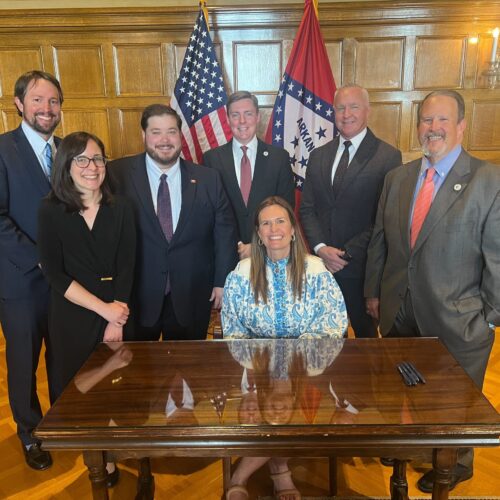
National Association of Attorneys General Highlights Hawaii’s Victim Restitution Revamp
Victim restitution can be a vitally important part of a crime victim’s recovery, yet is often poorly understood and managed by states. Very few states have been able to show substantial progress in improving restitution, but Hawaii has done so and has the data to prove it. This success story was highlighted at the National Association of Attorneys General annual winter meeting in February in Washington, DC, in the panel discussion “Helping Crime Victims Recover from Financial Losses.”
Moderated by Anne Seymour, national crime victim advocate and consultant at The Pew Charitable Trusts, the panel focused on ways in which state policymakers and attorneys general can use data analysis to help ensure that victims receive restitution.
“All 50 states have really strong laws about victim restitution on the books, but they’re not consistently enforced,” Seymour said. “I’m always reminding people that restitution is a right, not just a recommendation.”
“Victimization lasts so long . . . and is so vast and all-consuming. We often think about the emotional effects on a victim, . . . which are significant,” Darlene Hutchinson, Director of the Office for Victims of Crime at the U.S. Department of Justice, said. “The financial side of it adds so much anxiety to a victim’s recovery.”
Marc Pelka, deputy director of State Initiatives at The Council of State Governments (CSG) Justice Center, described how Hawaii’s analysis of its restitution statutes as a part of justice reinvestment work there in 2011 helped address inconsistency and unpredictability in the restitution process. At that time, only 10 percent of the money in an incarcerated person’s trust account was being deducted for restitution, and this amount was only drawn from wages, not from other deposits or credits. The state realized that deducting restitution from wages alone was too limiting and enacted policy changes. Now, 25 percent of all types of deposits into trust accounts are deducted to pay restitution.
Year to year, a little more than half of restitution orders in Hawaii are for $1,000 or less. The majority (77 percent) of sentences with restitution orders are for nonviolent offenses, especially property crime. Many victims of these types of crimes are not eligible for victim compensation, so restitution is their only chance to recoup losses.
Between 2013 and 2016, the amount of restitution collected from people in prison and on parole in Hawaii increased 70 percent. Victims are now receiving more frequent payments because the money is disbursed as soon as it reaches $25 dollars in a person’s trust account. From 2010 to 2016, the number of disbursements increased tenfold, from 253 to 2,470.
During the panel discussion, Lieutenant Governor of Hawaii and former Hawaii Attorney General Doug Chin touted the benefits of using a data-driven approach to solve restitution challenges.
“One way that we can see this work in other states is to . . . find ways to establish those baselines and be able to show those numbers,” he said. “. . . It can make a big difference in being able to show how victims are actually being helped by this and also help bring about even more policy change or legislative fixes if that’s what’s necessary in your state to be able to restore victims in a just way.”
Arkansas policymakers have long expressed concerns about the state’s high recidivism rate. Over the past 10 years, an…
Read MoreIn April 2025, Arkansas Governor Sarah Huckabee Sanders signed a package of bipartisan criminal justice legislation into law,…
Read More Explainer: Key Findings and Options from Arkansas’s Justice Reinvestment Initiative
Explainer: Key Findings and Options from Arkansas’s Justice Reinvestment Initiative
Arkansas policymakers have long expressed concerns about the state’s high recidivism rate.…
Read More Explainer: How a New Law in Arkansas Tackles Crime, Recidivism, and Community Supervision Challenges
Explainer: How a New Law in Arkansas Tackles Crime, Recidivism, and Community Supervision Challenges
In April 2025, Arkansas Governor Sarah Huckabee Sanders signed a package of…
Read More









